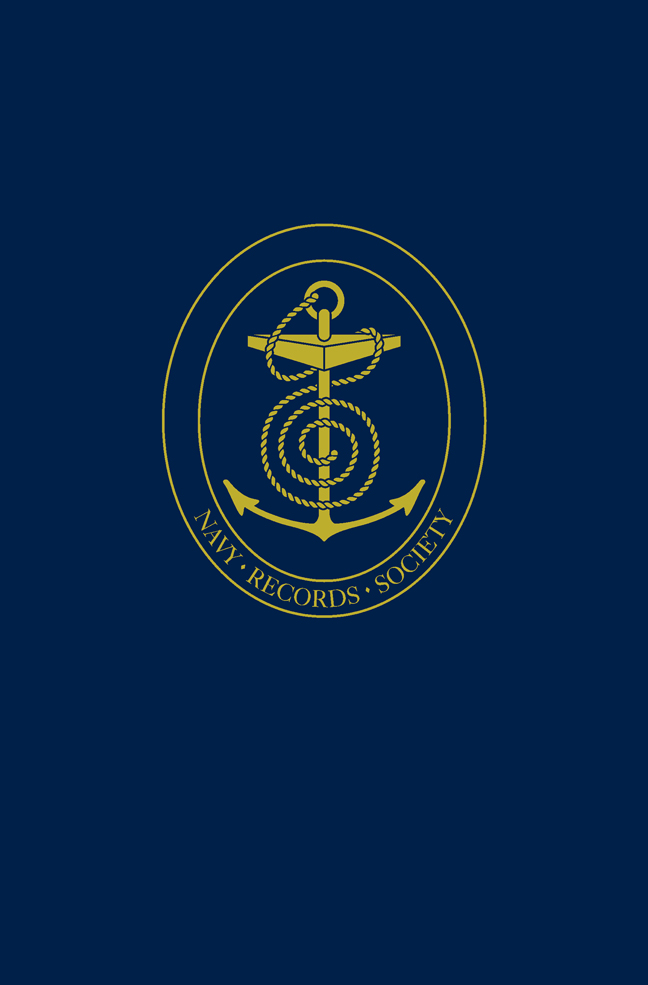1 - List of Ships
Published online by Cambridge University Press: 05 March 2024
Summary
This Appendix also serves Elizabethan Naval Administration (ENA), and so includes many ships not featured in this volume
The list is restricted to royal ships, including prizes which were not formally absorbed into the fleet, but excluding most hired merchantmen. The names of all these vessels have been standardised in the text; the MS variants are set out in the index. The details derive principally from the sources listed below, which are more briefly cited than in the main annotation; the full titles are given in the complete list of abbreviations on pp. xv–xxiv. Anderson's reference is given first in the end-notes because, though his details have often been corrected, his remains the most comprehensive list in which each ship has an identifying number. Glasgow's list, which gives a separately numbered sequence for each reign (but concluding at 1588), is cited next. Other sources are in order of publication. Oppenheim has annotated tables for the ships of Henry VIII and Elizabeth, but not for additions under Edward VI and Mary. Rodger's list includes only ships of 100 tuns or above. Colledge, covering the entire history of the Royal Navy, frequently features many ships of the same name on the same page, making citation less precise. The comment ‘Not in other lists’ refers only to these works. No comprehensive check has been attempted on the sources from which they were compiled; only Oppenheim gives references, and these are not always reliable. This new version will inevitably transmit errors and widen specifications which had been correctly narrowed in the preceding works. Only the most significant variant details among these are noted.
Builders
If known, the names of the boilders or builders are given in brackets after the date and place of building. Likewise, in two cases, the individuals in charge of destruction. Only occasionally before the 1580s can a ship be confidently assigned to a particular builder. It has been argued that all the new shipbuilding of the 1570s was at Deptford, and that the newly appointed master shipwright Matthew Baker was chiefly responsible rather than his senior colleague Peter Pett. This interpretation calls into question the previous assumption that the new work was shared ship by ship between Pett and Baker.
Tonnage
This should be understood as burthen (bn) unless ton and tonnage (tt) is indicated. Both measurements derive from commercial practice.
- Type
- Chapter
- Information
- The Navy of Edward VI and Mary I , pp. 455 - 524Publisher: Boydell & BrewerFirst published in: 2024

